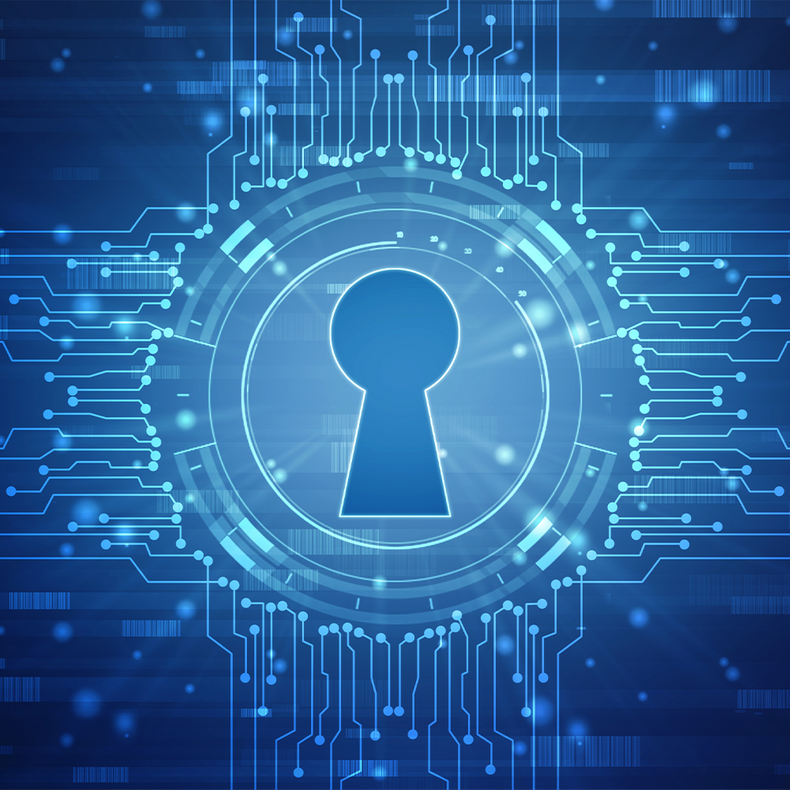A Guide to Secure Passwords

What steps can you take to enhance your security and ensure the protection of your data?
Remembering numerous passwords can be a hassle, leading many to resort to using the same password across multiple accounts. However, this convenience comes at the cost of compromising the security of your data across various platforms.
While the temptation to stick to a single password is understandable, it poses a significant threat to your online security. To boost your defences, consider the following best practices:
Length Matters: Opt for passwords with a minimum of 12 characters to enhance their complexity and resilience. A longer password is inherently more secure, as it becomes increasingly difficult for malicious software or attackers to crack and apply to all accounts, leading to the compromise of your sensitive data.
Add Complexity: Mix it up by incorporating a combination of uppercase and lowercase letters, numbers, and symbols to create strong and random passwords. This variety makes your password significantly harder to guess.
Unpredictability is Key: Steer clear of using personal information, common words, or easily guessable phrases to ensure your passwords remain unpredictable. Personal details such as birthdays or pet names might seem unique to you, but they can often be found through social media or other publicly available sources.
Regular Changes: Rotate your passwords regularly. Utilise tools like LastPass’s password generator, allowing you to customise password requirements based on length, complexity, and inclusion of different symbols and numbers. Regular updates help limit exposure from potential breaches or previously compromised credentials.
Two-Factor Authentication (2FA): Implement two-factor authentication whenever possible. This extra layer of security significantly strengthens your defences against cyber threats. Even if a password is compromised, the second verification step, like a code sent to your device, adds a vital protective barrier.
It is also important to be mindful of where you store your passwords. Writing them on a piece of paper at your desk, random sticky notes, or saving them in a Word document will not keep you protected and can pose additional data risks. A more secure option is using a tool like LastPass, an encrypted vault that employs a robust encryption model to safely store all your passwords in one place.
By following these guidelines and keeping your complex passwords in a secure location, such as the LastPass Vault, you can significantly improve your protection against cyber threats.
